Del Mar, California, is famous for its beautiful beaches, world-renowned racetrack, wonderful weather, and upscale living. The Del Mar Racetrack is known for the slogan “Where the Turf Meets the Surf” and is a racing tradition dating back to 1937 when Bing Crosby greeted the first guests.
A day at the track begins with Morning Workouts. The mornings have none of the pageantry of the races but are a beautiful, peaceful, hopeful time of the day. In the early morning, there is no cheering crowd, so you hear the horses breathe and snort, and you hear their hooves against the well-groomed dirt. I believe the quote below, written decades ago by William Murray, still describes the essence of morning workouts well.
“…horses and riders, the soft music of hooves striking the surface in the early-morning mist and, in California, the wonderful, improvised phrases of Spanglish, the state’s own racing lingo, in the air: “That caballo? Esta f***** beautiful, man. She work como el viento, that’s no shit.” And the Backside is also…laughter and good talk, the rumble of the horse vans coming and going, the electricity of renewed hope in the air, and above all, it is the animals themselves, the protagonists in the drama, incorruptible in their innocence and beauty.”
William Murray
For my summer at Del Mar, I used my Canon 7D Mark ii and alternated between a 70-200mm and a 100-400mm lens. The camera and lenses let me focus and shoot quickly as well as giving me some flexibility for images near and far and in varying light.
During morning workouts, I primarily try to catch the feel of speed. Therefore I take mostly panning shots of the horses working out. My first goal is to get some panning shots with all four hooves off the ground.
Then I try to capture some shots with all eight hooves off the ground.
And maybe if I’m lucky, I will get an even dozen hooves up in the air together.
When panning the fast-moving horses, I shoot shutter priority and set the shutter at 1/100 of a second. Typically, I let the camera go to auto ISO and f stop, then adjust the exposure compensation based on the lighting conditions.
Lead Ponies
During Morning Workouts, Lead Ponies escort their thoroughbreds into the paddock, into the saddling stalls, and then eventually on to the track to practice what will happen on race day. The Lead Pony leads by example and shows the younger horses that it is safe and there is no reason to get agitated.


On race day, the Lead Pony will meet their racehorse at the end of the tunnel, accompany them onto the track while they warm up, and then lead them to the starting gate. All the while being a reassuring companion.
I always shoot in shutter priority at the track. For my non-panning and non-racing photos, I set my shutter at 1/640 or 1/800 of a second. I like the somewhat fast shutter speeds. To me, it seems like every person and horse at the track is moving, at least a little bit. Once I set my shutter speed, I adjust my exposure compensation as needed to adjust for the varied lighting at the track.
Behind the Scenes
So much goes on behind the scenes at a racetrack. There is the cleaning and preparing the facility, which includes making sure the landscaping is well taken care of.
There are nationwide television broadcasts, as well as people charged with tracking the fractions (check out that technology). Fractions are posted increments of how fast each horse runs each 1/8 of a mile, 1/4 of a mile, etc, and of great interest to bettors.


Horseshoers’ (more properly known as farriers) skills include the ability to shape, fit, and balance horseshoes and the ability to clean, trim, and shape a horse’s hooves. There are also people to make sure water is available to cool off a horse if it gets too hot on the track.

Although one of the strong photographic appeals of racing is the colours, which really stand out during the sunny summers at Del Mar, I think Black and White can work well on the track during the overcast mornings, as well as in the barns with their mix of fluorescent and natural light.
Horse Love
There is a lot of love for horses at the track, and that love is not limited to racehorses. Most trainers employ nearly one person per horse. For example, a trainer with 40 horses in their barn will employ 35-40 people to care for the animals. They all, trainers included, work seven days a week as the horses need constant care and attention. Trainers love their horses, and fans love all the horses, even the ones the Outriders and trainers ride!



Grooms are an essential part of the care and love for the racehorses. Grooms do just about everything, including keeping the horses calm in the Paddock Saddling Stalls and calming them as they get ready to leave the barn area.


Trainers
As mentioned earlier, trainers work 24/7. A few of them still like to get on horseback during morning workouts.
A highly successful trainer will have their horses win 25% of the time and be in the money 50% of the time. Theirs is a very competitive world, and it helps to be able to laugh with a jockey before the race, and trainers are always looking toward future races.


Before a race, trainers give their jockey a leg up, as well as some last-minute instructions. After a race, they may ask the jockey questions like, “So, what happened out there.”
People
People show up at Del Mar in style, whatever that style may be.
And it’s a great place for kids. Sometimes a jockey will loan out his racing cap and goggles for a child to try on. Between every race, the Lead Riders make sure their horses get petted by children!
Being a Jockey can be a dirty job. Here are the before and after the race photos.
Celebrities
Del Mar has its share of stars and celebrities who come to the track to see the horse and to be seen. My favourite celebrities are racing stars. One of my very favourites is 21-year-old Lava Man, who went from being a $50,000 claimer to having a Hall of Fame career while winning over five million dollars! Lava Man is now a lead pony and an essential part of two-time Kentucky Derby-winning trainer Doug O’Neill’s barn.
Mike Smith is not only a Hall of Fame jockey, but he is also among the elite of the all-time great jockeys. He has won over 5,600 races and led his horses to over $342 million in earnings.
Undefeated in five races, 4-year-old Flightline won Del Mar’s signature race, the $1,000,000 Pacific Classic, by over 19 lengths! Flightline is considered one of the best, if not the best, horse in the country.
Racing
“And away they go”, as track announcer, Trevor Denman says at the beginning of each race at Del Mar. There’s an undeniable charge of hopeful excitement as the gates open; you hear the starters bell being drowned out by the roar of the crowd, then see and feel the horses break from the gate.
There’s really nothing like seeing, hearing, and feeling a small herd of horses charging past you with their ears peaked, their faces calm, their legs reaching, and their muscles straining.
At times it seems like they are coming right at you!
Often, it’s a two or three-horse race to the finish. When all their hooves are in the air, you can see how instep they are with each other as they race for the lead.
Other times they come flying home on their own for the win.
There is a sense of relief when the intensity of a race is over. There is also something joyful and calming when the winning horse and jockey trot back to the Winner’s Circle.
For my racing photos, I spin the shutter speed up to 1/3200 of a second and adjust the compensation bias if needed. I was very reluctant to shoot this fast, but after quizzing several professional track photographers, I became comfortable with it.
Footnote
The Editor felt that this article, coming at the end of the week of the funeral of HM Queen Elizabeth II, would be a fitting tribute to the late monarch who was such a lover of horses and racing throughout her life. Gary Schwartzwald added some additional thoughts from his trans-Atlantic perspective:
Stemming from her interest in horses, Queen Elizabeth II visited Kentucky five times, although there is no record of her having been to Del Mar in California. There were numerous visits to horse farms in the Lexington area, as well as her first visit to the Bluegrass in 1984 to celebrate a race named in her honour at Keeneland.
Her Majesty’s most recent and final visit to Kentucky came in 2007. She spent three hours at Churchill Downs, enjoying the most exciting two minutes in sports. The Kentucky Derby is always star-studded but became a royal affair when Louisville was graced with the presence of a queen.
The late monarch consented to her name adorning some of the world’s most prestigious races. Chief among them are the Queen Elizabeth II Challenge Cup (G1T) run during the fall meet at Keeneland (Lexington, Kentucky) and the Queen Elizabeth II Stakes (G1), a European mile championship event now staged on British Champions Day at Ascot, while the highlight of Australia’s autumn racing program is named the Queen Elizabeth Stakes at Randwick in Sydney.
Want to contribute an article to Macfilos? It’s easy. Just click the “Write for Us” button. We’ll help with the writing and guide you through the process.

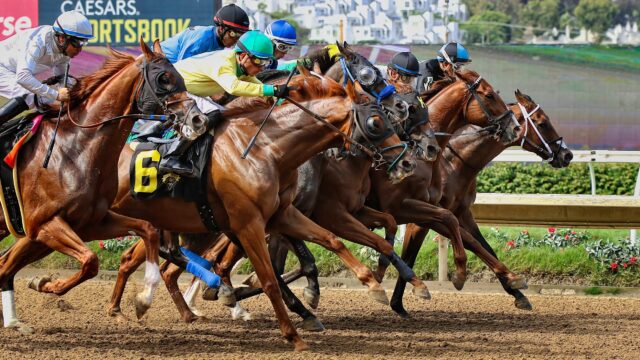






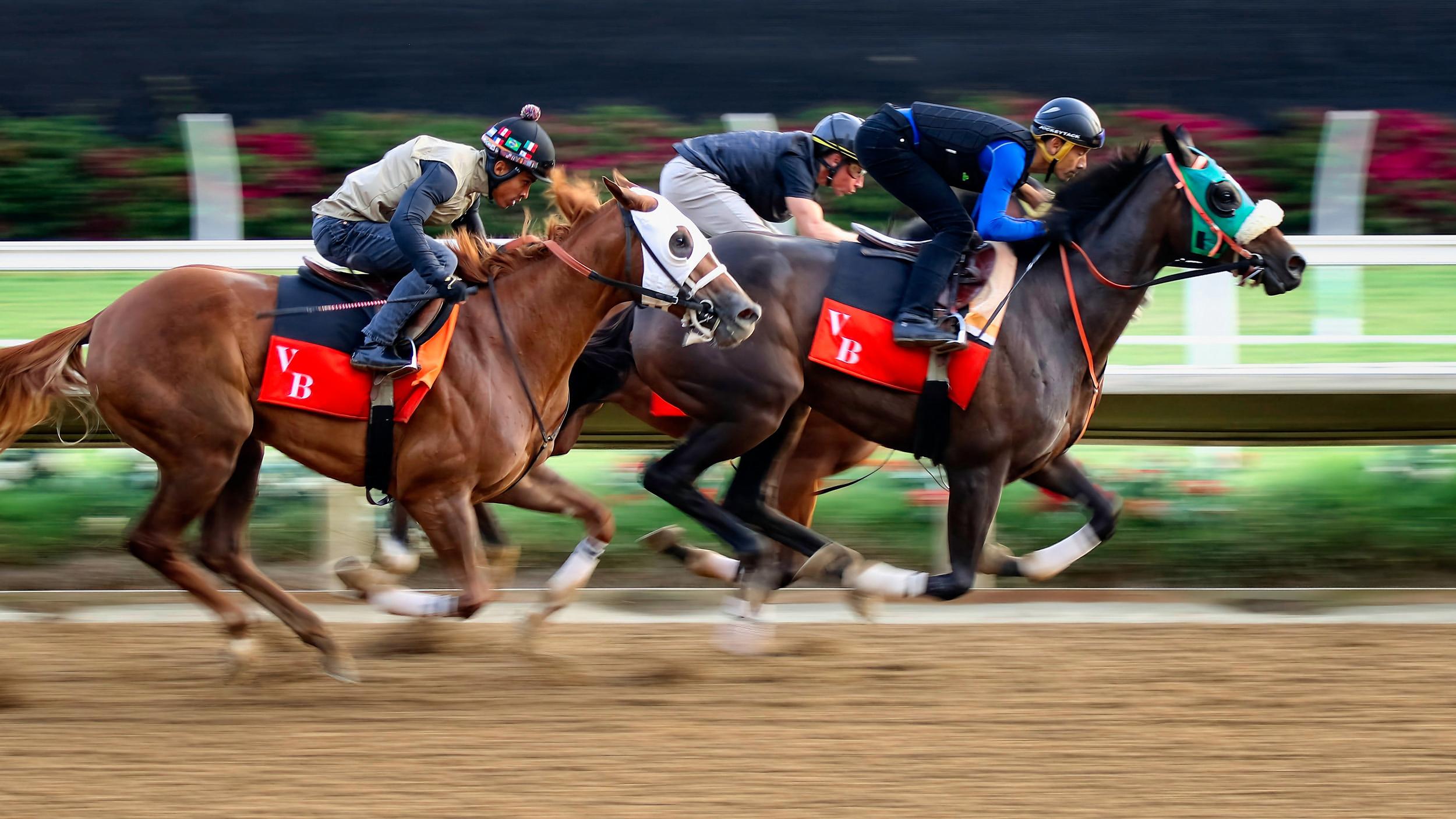
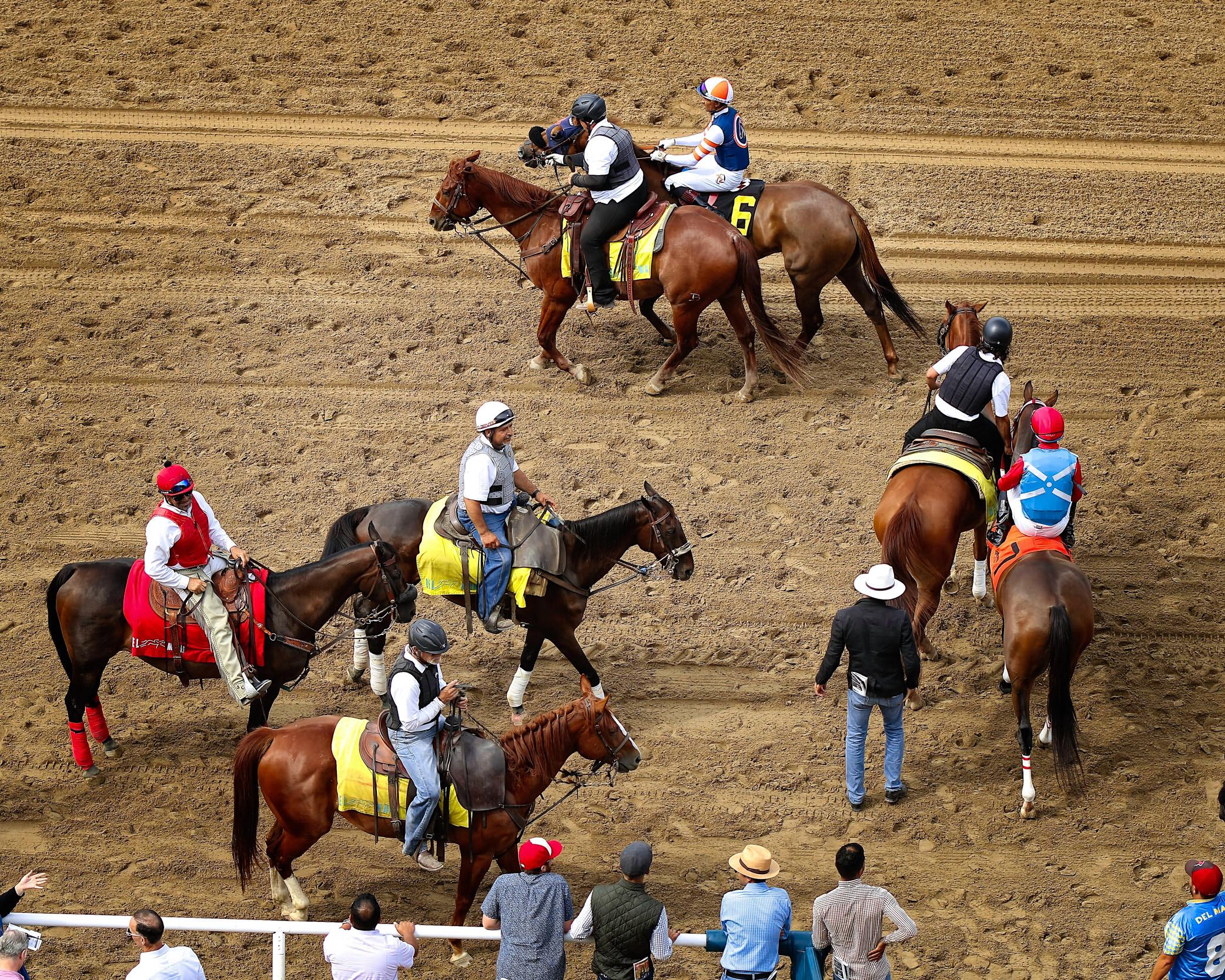
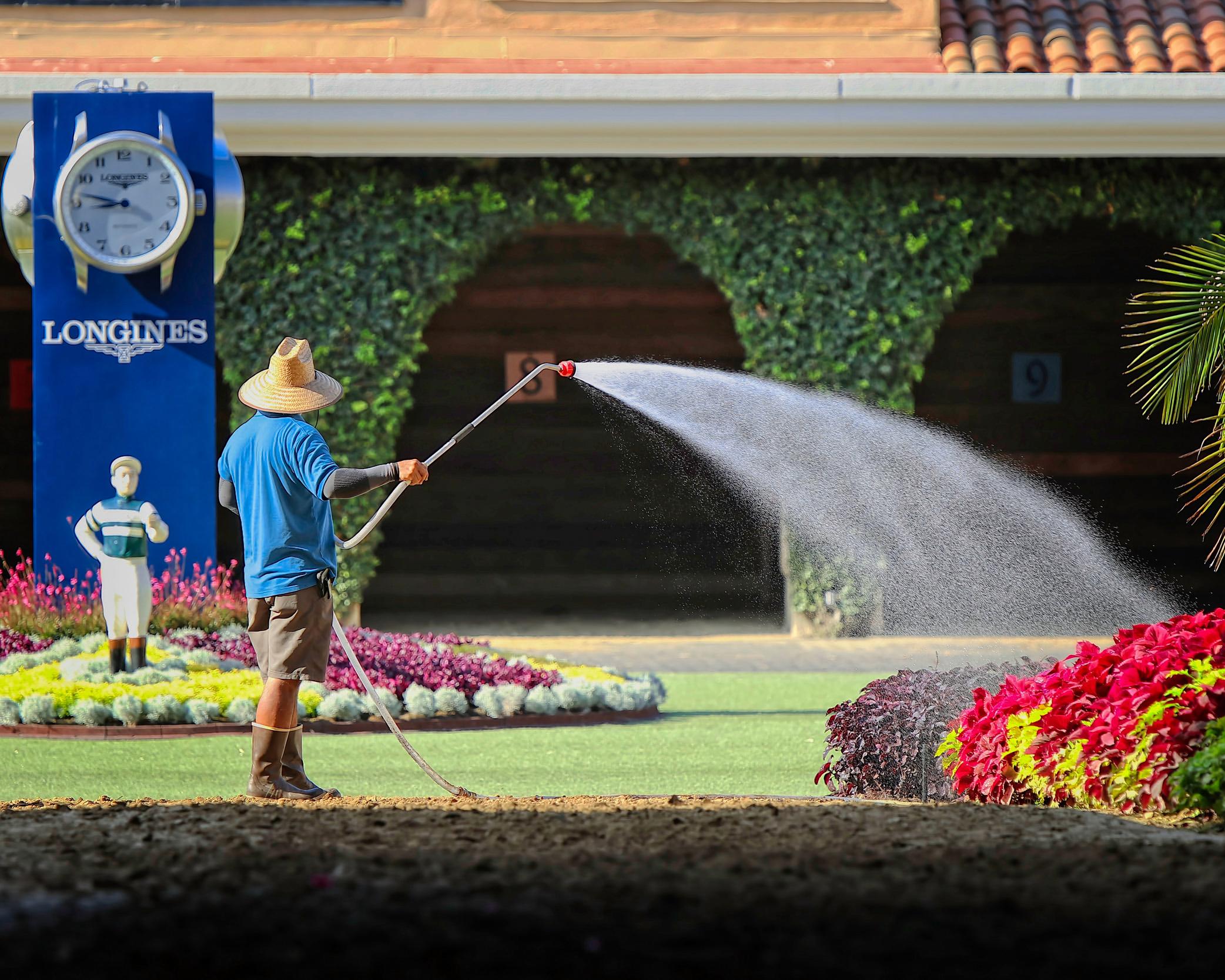
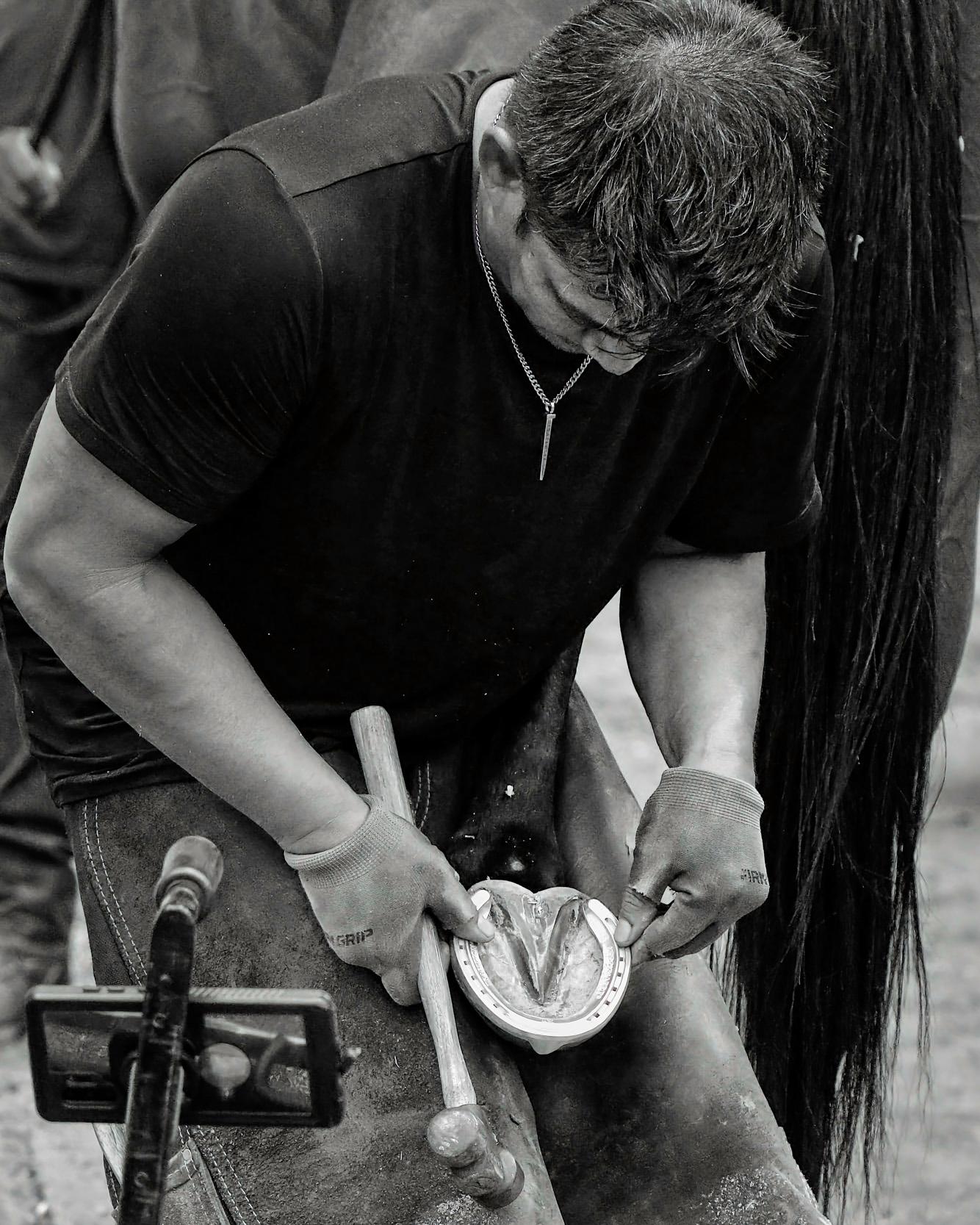
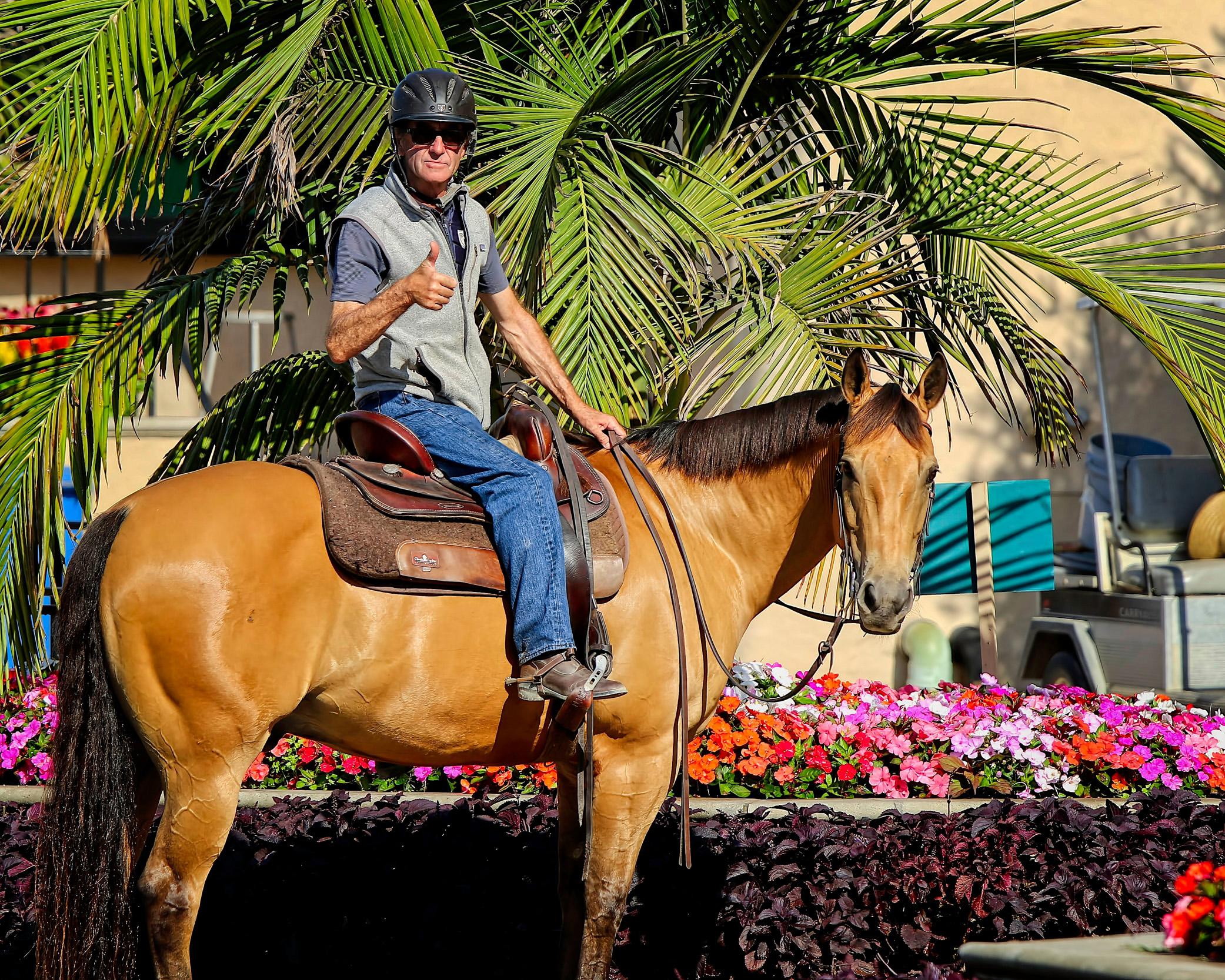












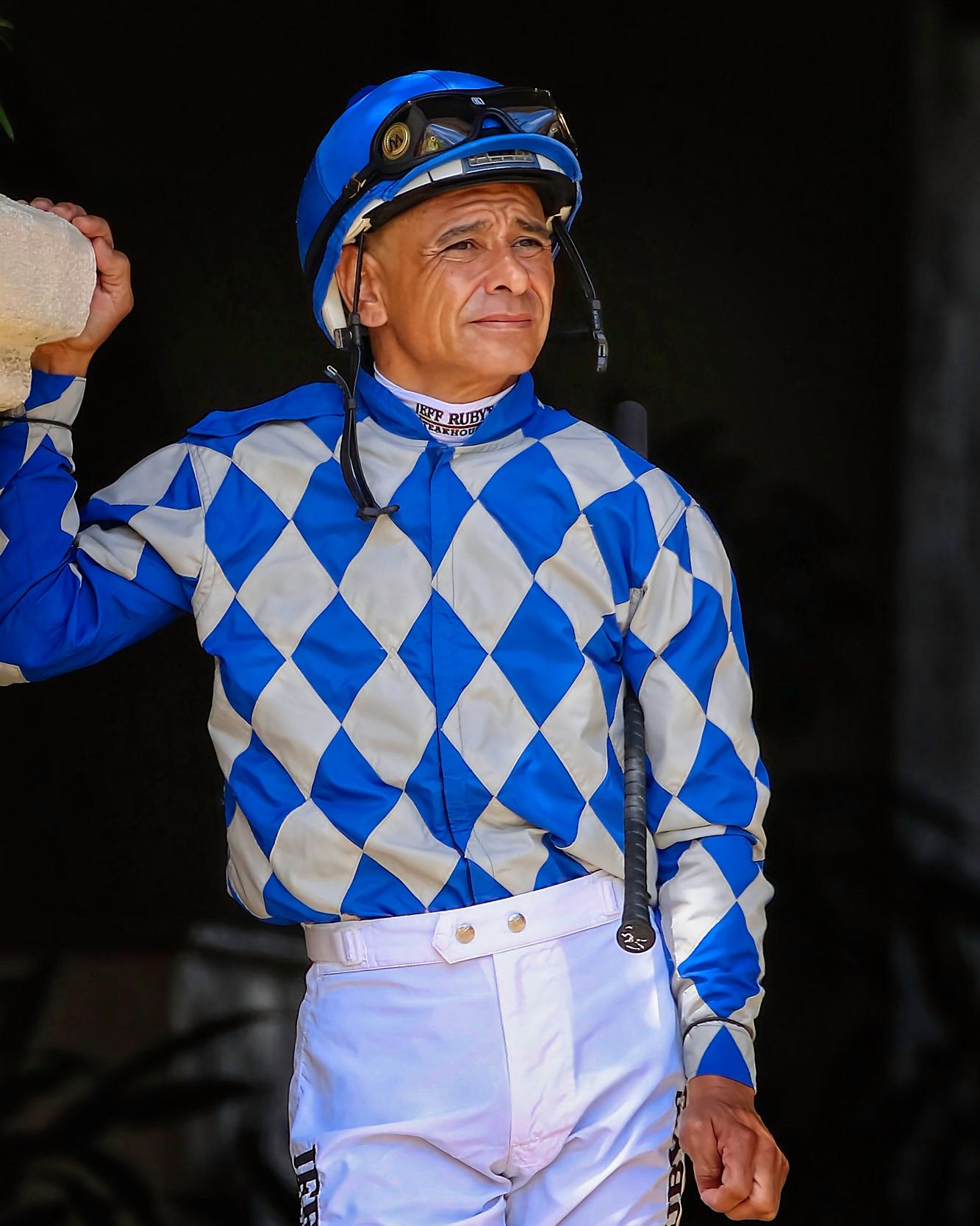
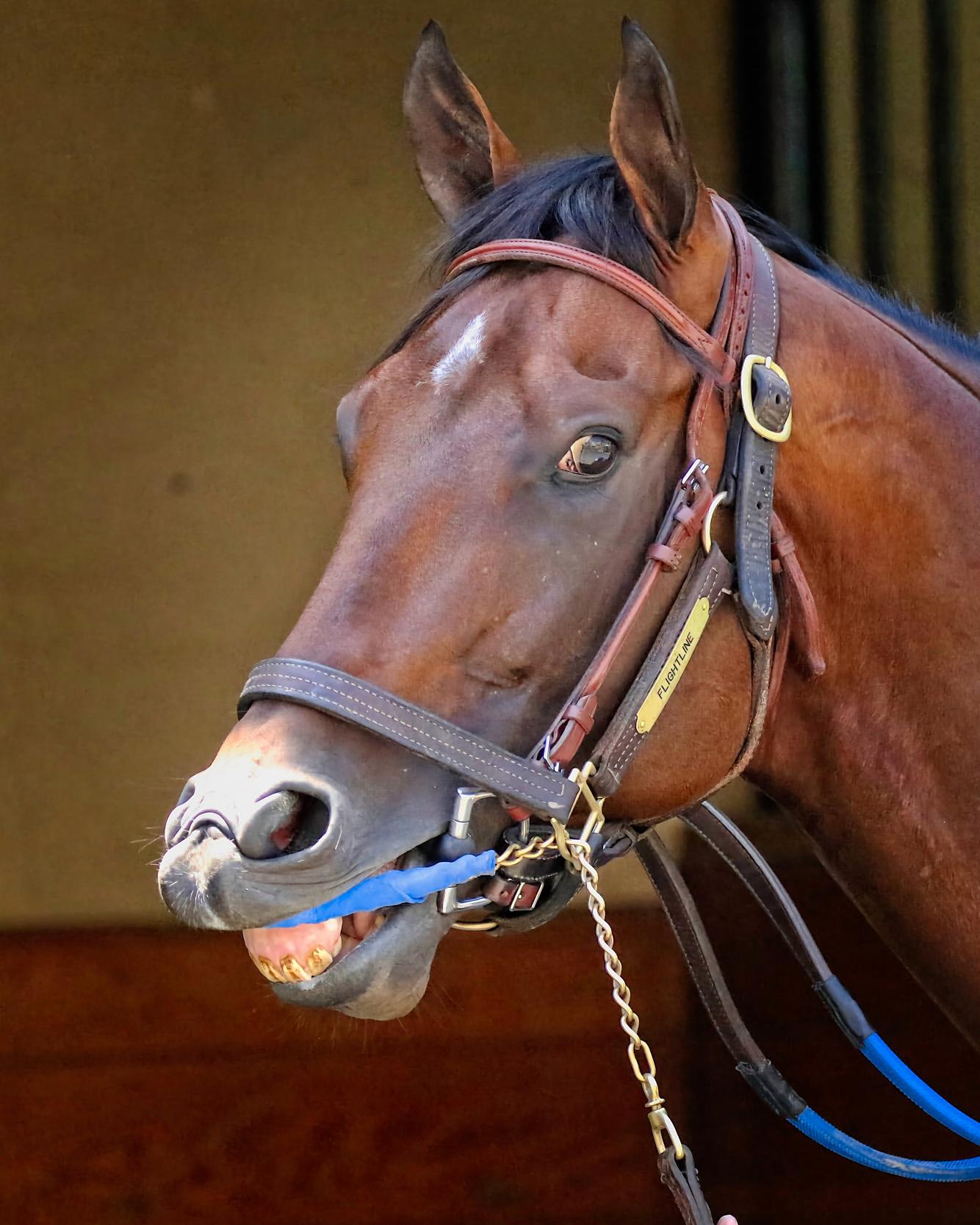
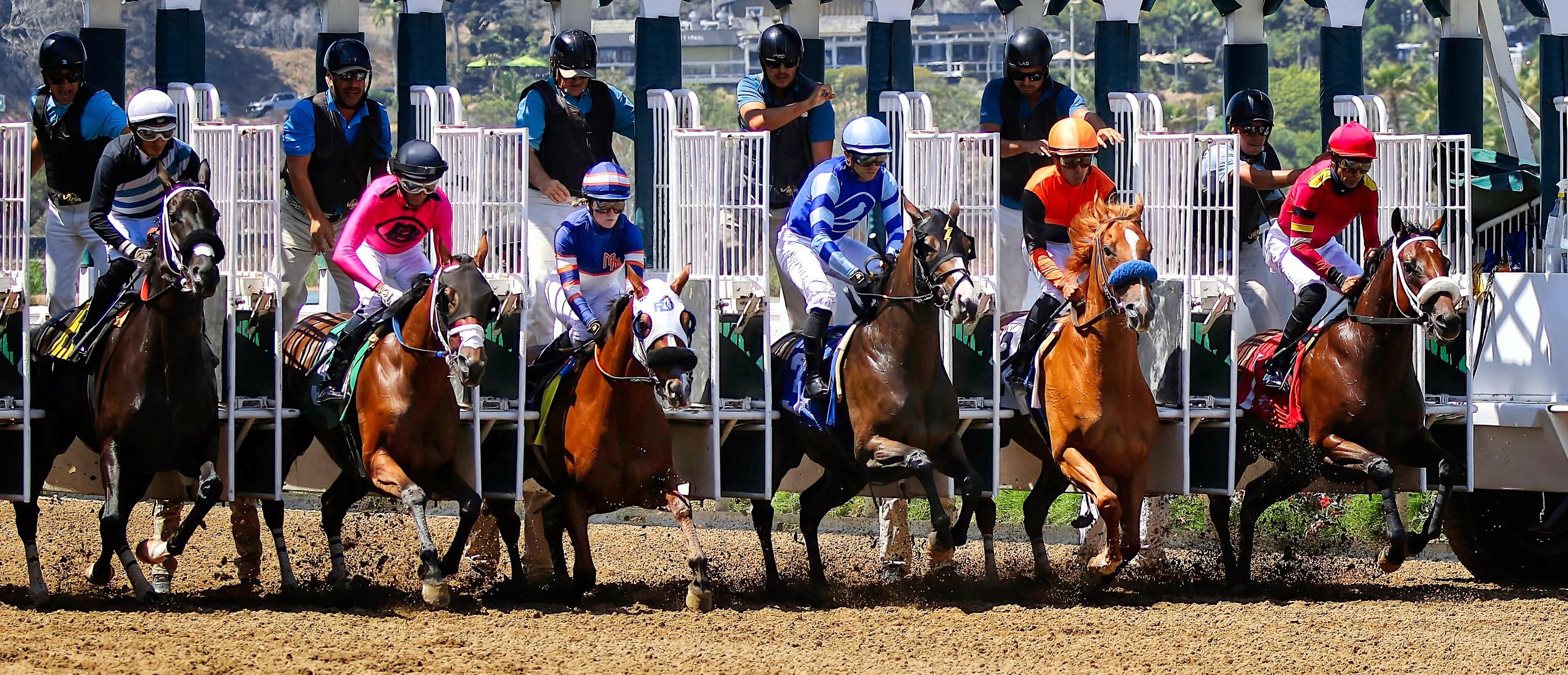

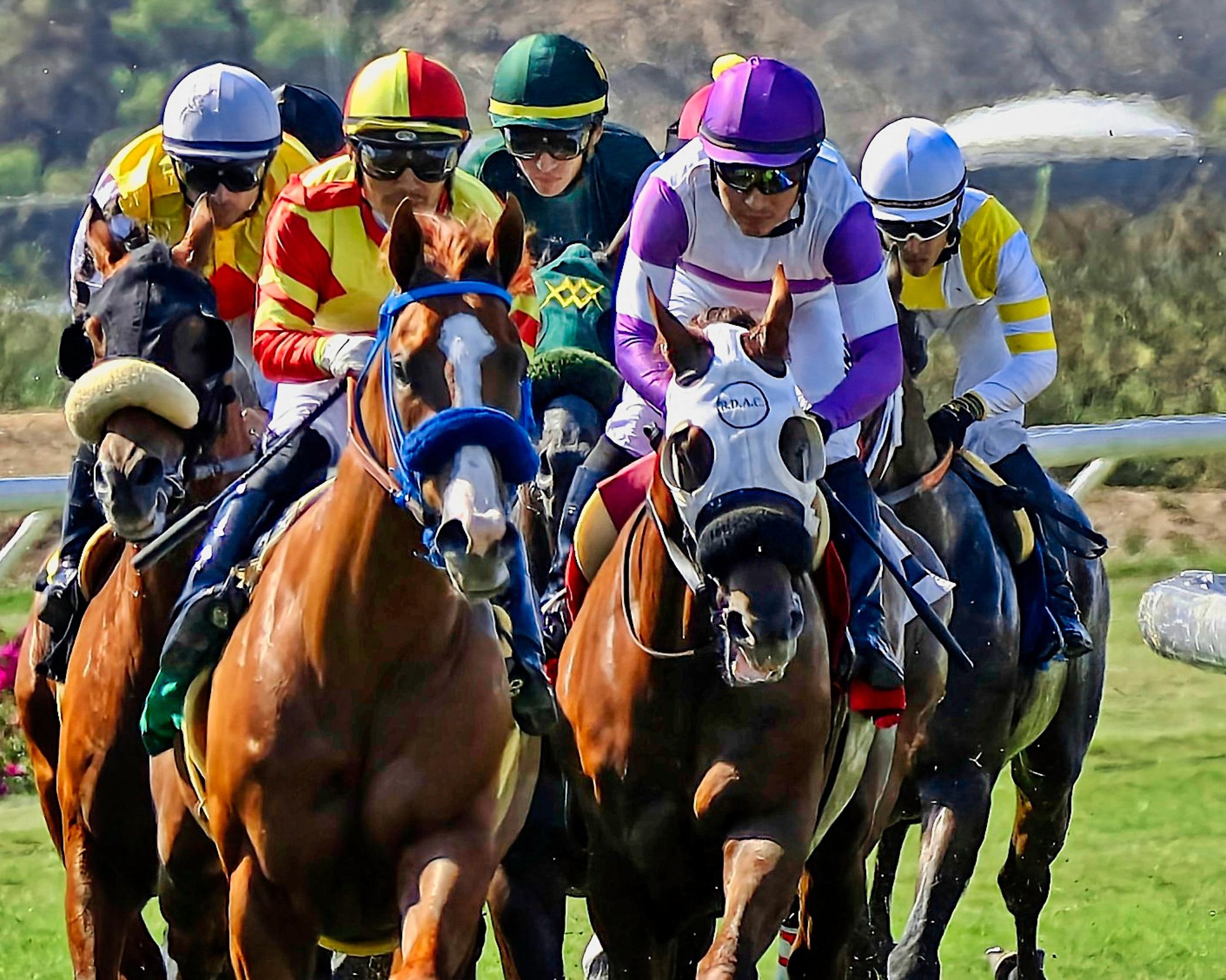











William, thank you for the kind words and the delightful response. Though I’ve traveled much of the States, but have not traveled internationally very much. I did have the pleasure of visiting Ireland about 6 years ago, and I loved it. Sadly, I didn’t see any flat racing or jumping, but, yes, horses everywhere. Sounds like you have a strong connection via your cousin and his daughter, very cool.
Yes, the Lead Pony is very American and I think comforting to all. It’s always interesting to see European horses race here, they rarely have any interest in a Lead Pony.
I was surprised and really enjoyed your mention of the film ‘Going Places’. I haven’t seen it, but will look for it. Louis Armstrong is one of my all-time favorite entertainers! It’s always sad to be reminded of the discrimination, he and so many others face(d). I wonder if Gabriel being the name of his character is coincidental, or a reference to both being horn players.
Lovely photos and great writing, Gary. In Ireland there are very few of us who are more than a field or two away from a horse and we have a massive horse breeding industry as well as year round racing. Flat racing is popular here, but not nearly as popular as jump racing. Over here it is broadly flat racing in the Summer and jump racing in the Winter. A cousin of mine is a jump horse trainer and he trained the winner of the Aintree Grand National in 2003. His daughter works for one of the large flat racing operations and also does commentary on both types of racing on TV.
I have seen the use of Lead Ponies when US horses come over here to race. I think it is a lovely touch that children can meet the Lead Ponies when they are not working. However, using Lead Ponies must increase the cost of what is already a very expensive business.
Your reference to 1937 and Bing Crosby reminds me of the film ‘Going Places’, from the following year, which was built around a horse racing theme and featured a young Ronald Reagan in its cast. The only reason why why I am familiar with the film is because Louis Armstrong, who played a race horse trainer called Gabriel, sang Johnny Mercer’s ‘Jeepers Creepers’ to a horse in the film. In those days black actors were not allowed to sing to another person in a film, so a horse it had to be. The fact that he was playing a race horse trainer was, of course, an improbable scenario in those days.
William
Wonderful photographs! Great skill and I suspect a lot of patience while you practiced your craft. Though some of the shots may be from the morning workouts they don’t lack in intensity one bit. I have a cousin who’s a trainer but have only been once to a race. Thanks these were super images.
Thank you Farhiz. What I lack in patience, I try to make up with persistence. Thank you for your kind words about the morning workout photos.
thanks Gary for a wonderful article and images. An aspect of photography I’m totally ignorant. It was a really nice discovery
Jean
Thank you for reading the article and taking a horse racing journey with me.
Hi Gary, I enjoyed this article very much. I grew up in Epsom in England, home to the Derby (here pronounced Darby), and with a number of local stables I would sometimes walk to school alongside horses going out for their morning run. Your descriptions are poetic and your photos evocative. Thank you.
Thank you, Kevin. Your walks to school alongside the horses sound idyllic and really fun. I’m very glad you liked the descriptions, it’s been a very long time since I’ve done much writing.
Hi Gary, another fabulous article! The photographs are absolutely superb. Although I have been to the races at Del Mar a number of times, your description of life at the race track added a new dimension to my appreciation of the event and truly brought the sport alive. Thanks so much too for sharing your carefully thought out camera configurations – hugely educational! Those really are cracking lenses. All the best, Keith
Keith, thank you so much for your kind words and encouragement. I really enjoyed all aspects of developing this article. Hopefully, we’ll talk soon.
Thank you, Dunk. I’m glad you enjoyed the article.
Wonderful read with superb photos. Very informative ref photo techniques. TYVM Gary Schwartzwald.
Marvellous – thank you so much for sharing story and photos.
Thank you, Richard. It is truly my pleasure to share a glimpse into Del Mar Racing.
What a great read! The panning shots are wonderful – the energy pops from the images. Well done! Thanks for your tour through the world of horse racing which is somewhat alien to me. Part of why photography is so great as you get to be immersed in worlds you do now know.
Thank you so much, Erwin. Glad I could take you somewhere new. Yes, photography brings worlds to us, and us to some new worlds.